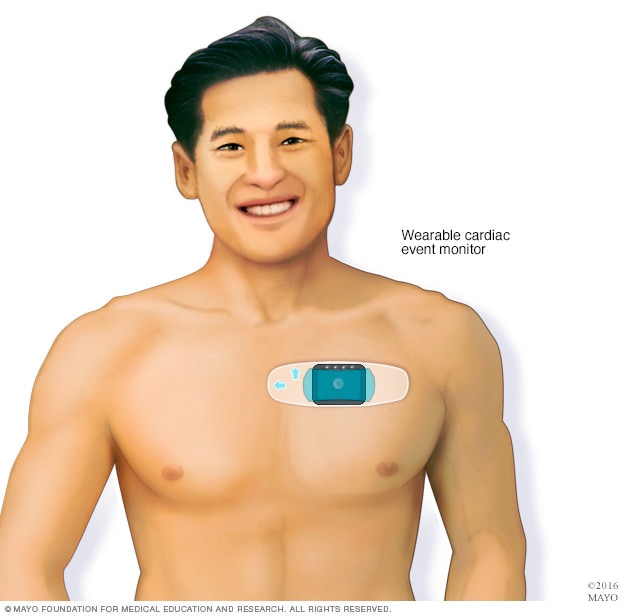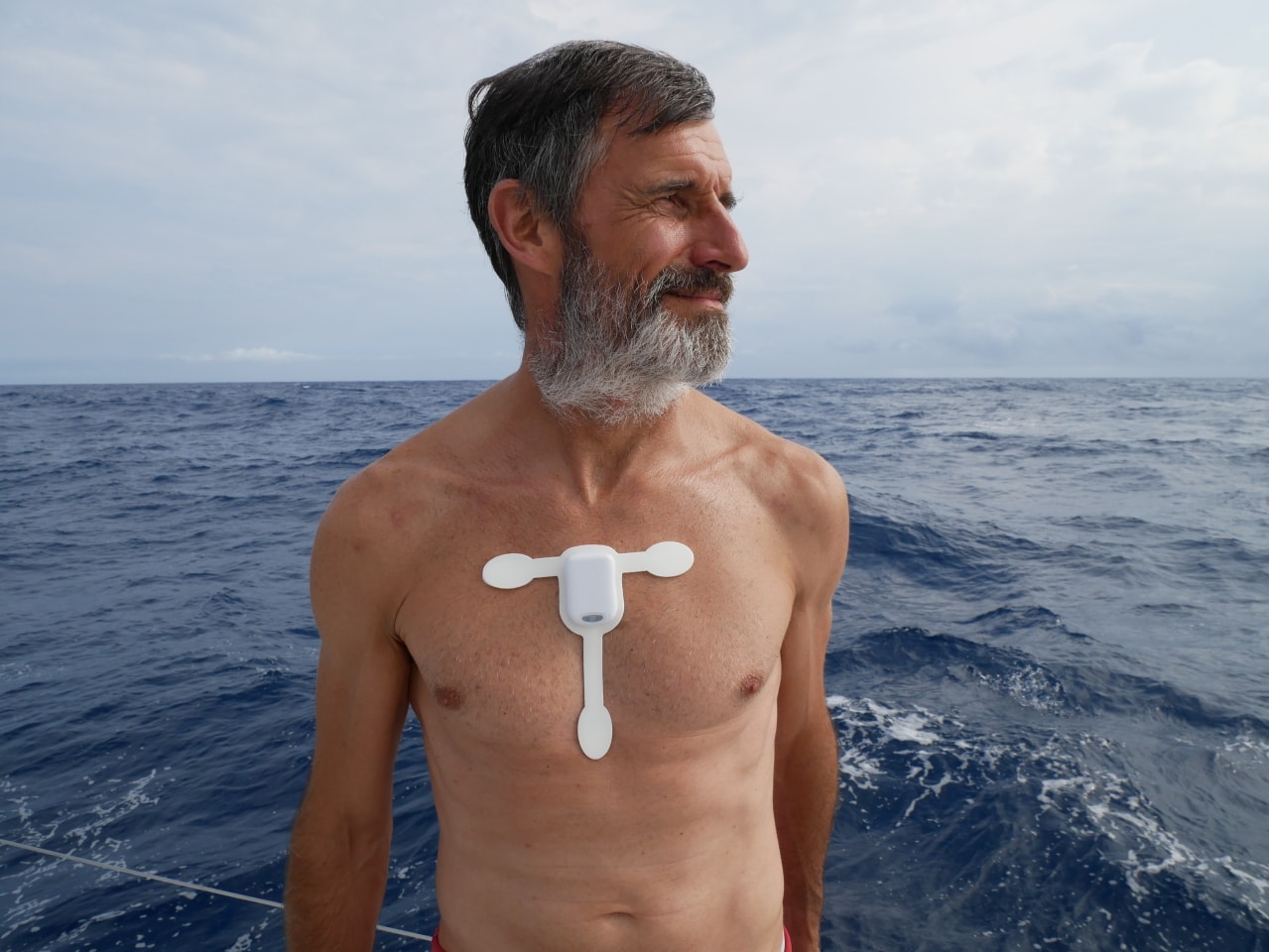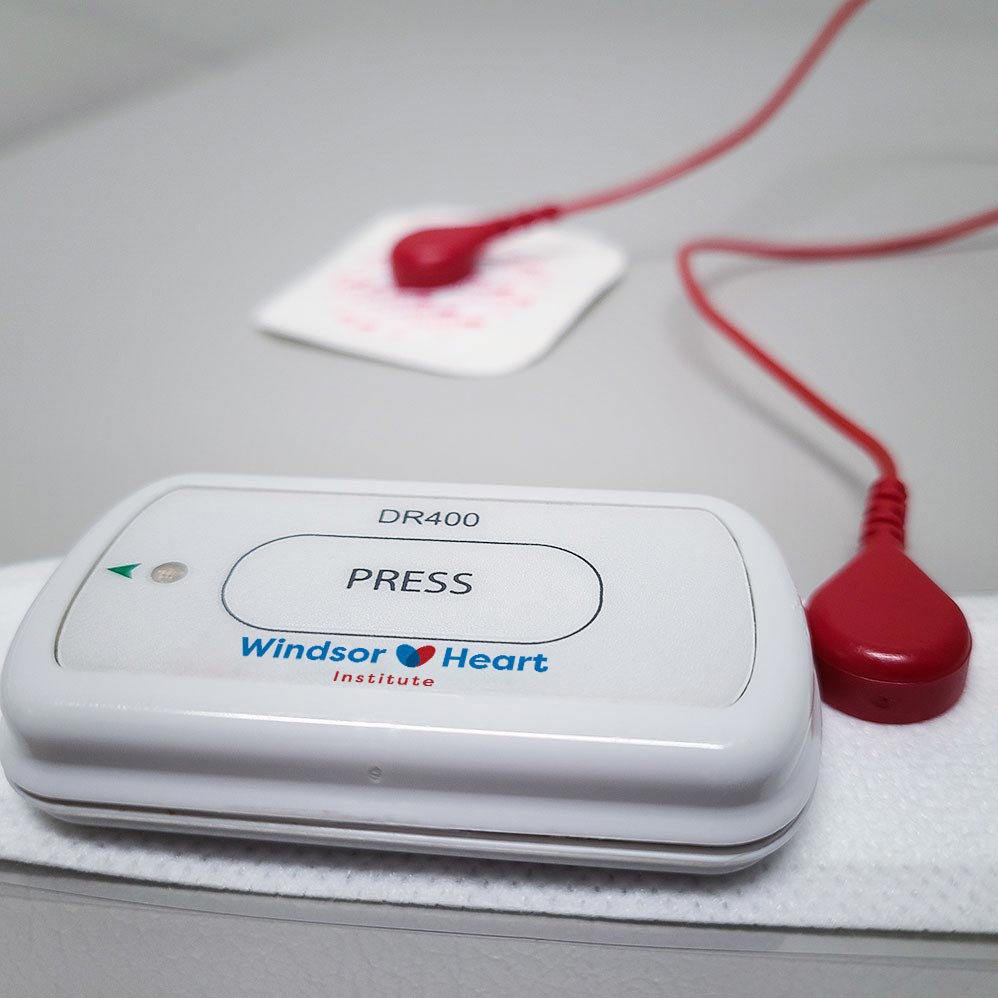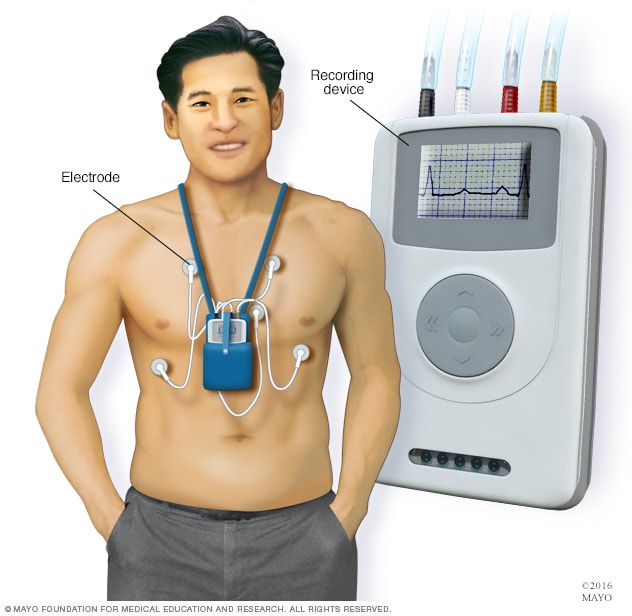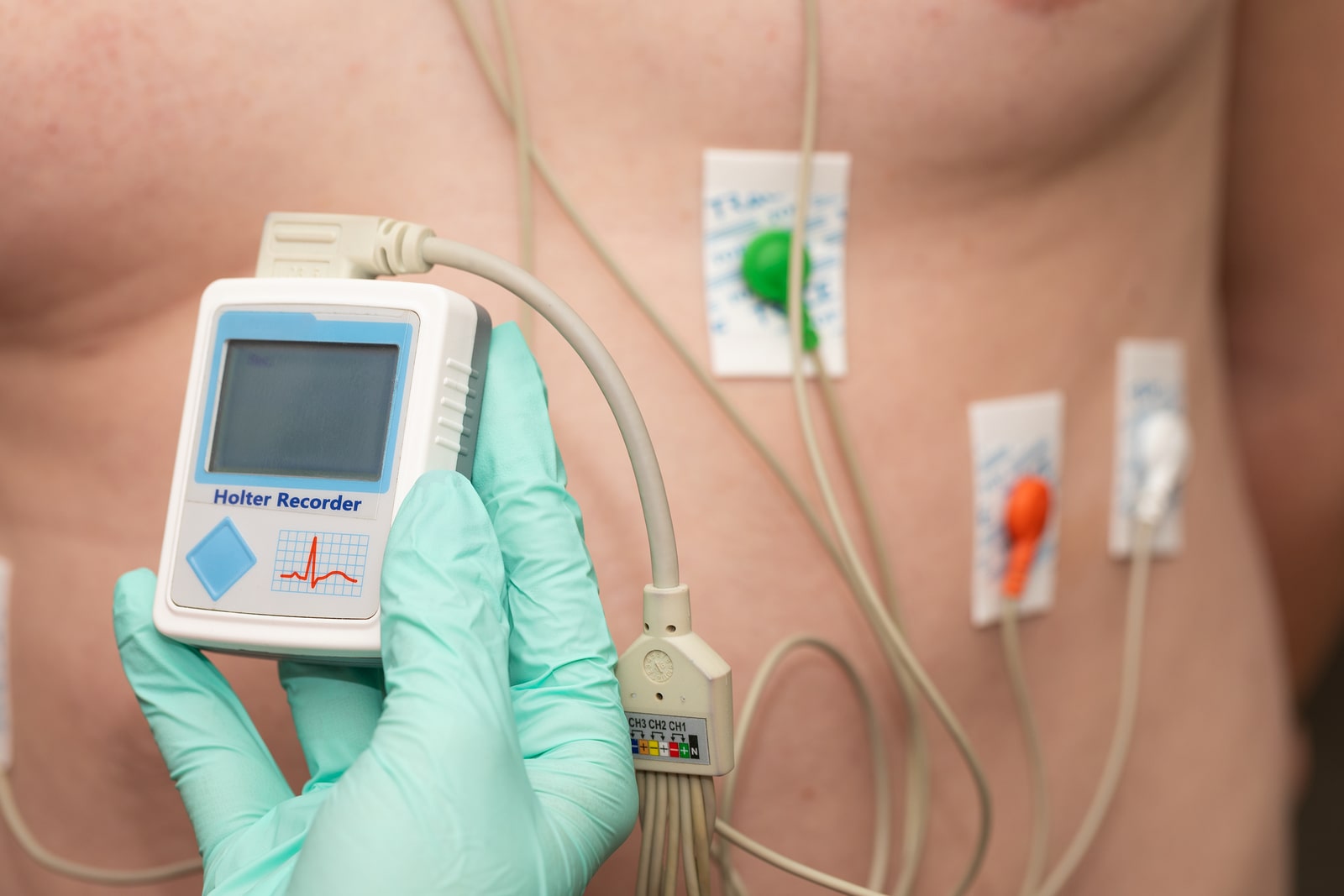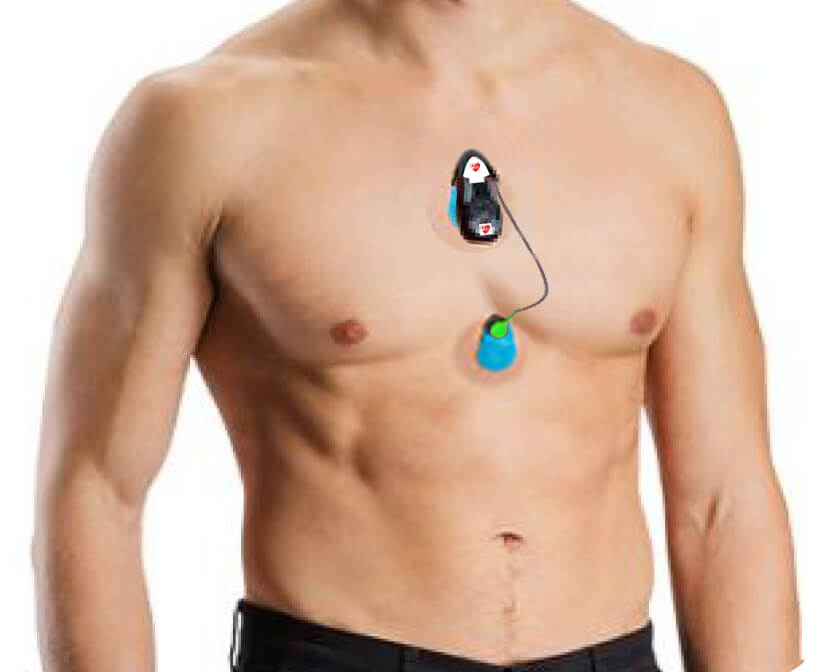Can You Shower With A 30 Day Heart Monitor

New guidelines released today cast doubt on showering practices for patients using the 30-day heart monitor, particularly the commonly prescribed Zio XT Patch. Concerns arise over potential device malfunction and compromised data collection due to water exposure.
This article breaks down the updated recommendations regarding showering while wearing a 30-day heart monitor, addressing the critical questions of who is affected, what the risks are, where patients can find guidance, when the changes take effect, why the concerns exist, and how patients should adapt their hygiene routines.
Showering with a Heart Monitor: The Changing Landscape
For years, patients have received conflicting advice regarding showering with long-term heart monitors. The Zio XT Patch, manufactured by iRhythm Technologies, is a prominent example of a monitor worn continuously for up to 30 days.
Previous guidance often suggested covering the device with plastic wrap or waterproof bandages to allow limited showering. However, new evidence suggests these methods may not be sufficient to protect the device from water damage.
The Core Concern: Data Integrity
The primary risk associated with showering with a 30-day heart monitor is the potential for water to seep into the device. This can lead to inaccurate readings, device malfunction, and ultimately, a compromised diagnosis.
Water damage can disrupt the electrical circuits within the monitor, causing it to record false data or stop recording altogether. This directly impacts the cardiologist's ability to accurately assess the patient's heart rhythm.
iRhythm Technologies, the maker of the Zio XT Patch, has updated its guidelines to reflect these concerns. The updated recommendations explicitly advise against submerging the device in water or exposing it to prolonged moisture.
Who is Affected?
This change directly affects all patients currently wearing or scheduled to wear a 30-day heart monitor, particularly the Zio XT Patch. Patients prescribed similar long-term monitoring devices from other manufacturers should also consult their healthcare providers for specific guidance.
Cardiologists and healthcare professionals are now tasked with educating their patients about the revised showering recommendations. Clear and consistent communication is crucial to ensure patient compliance and data integrity.
What are the Alternatives?
Patients are advised to take sponge baths during the monitoring period, focusing on areas not covered by the device. Using a damp cloth and mild soap can effectively cleanse the body without risking water damage to the monitor.
Dry shampoo can be used to maintain hair hygiene without the need for a full shower. Patients should avoid using excessive amounts of water when washing their face.
Where to Find Guidance
The most reliable source of information is the prescribing cardiologist or healthcare provider. Patients should contact their doctor's office to clarify any questions or concerns regarding showering and device care.
iRhythm Technologies' website and patient support line also provide updated information and resources. It is essential to consult these official sources for accurate and up-to-date guidance.
When Do These Changes Take Effect?
The updated guidelines are effective immediately. Patients fitted with a 30-day heart monitor should adhere to the new recommendations from today forward.
How to Adapt Your Routine
Adjusting hygiene routines requires planning and patience. Scheduling sponge baths and utilizing alternative cleaning methods can help maintain personal hygiene without compromising the accuracy of the heart monitor.
If a patient accidentally exposes the monitor to water, they should immediately contact their healthcare provider. The provider can assess the situation and determine if the device needs to be replaced or if the data has been compromised.
The Bottom Line: Prioritize Data Integrity
The revised showering guidelines for 30-day heart monitor users are driven by the need to ensure accurate data collection and reliable diagnoses. While adjusting hygiene routines may be inconvenient, the potential consequences of water damage to the device are significant.
Patients should prioritize following the updated recommendations and communicate any concerns or questions to their healthcare providers. The integrity of the heart monitoring data is paramount to receiving appropriate medical care.
Moving forward, research into waterproof and water-resistant heart monitoring devices is crucial. This will allow patients to maintain their normal hygiene routines without compromising the accuracy of the data.
iRhythm Technologies and other manufacturers are actively exploring new technologies to address this challenge. The goal is to provide patients with comfortable and reliable monitoring solutions that seamlessly integrate into their daily lives.
Patients should stay informed about any updates or developments in heart monitoring technology. Consult your cardiologist regularly for the latest guidance and recommendations.



